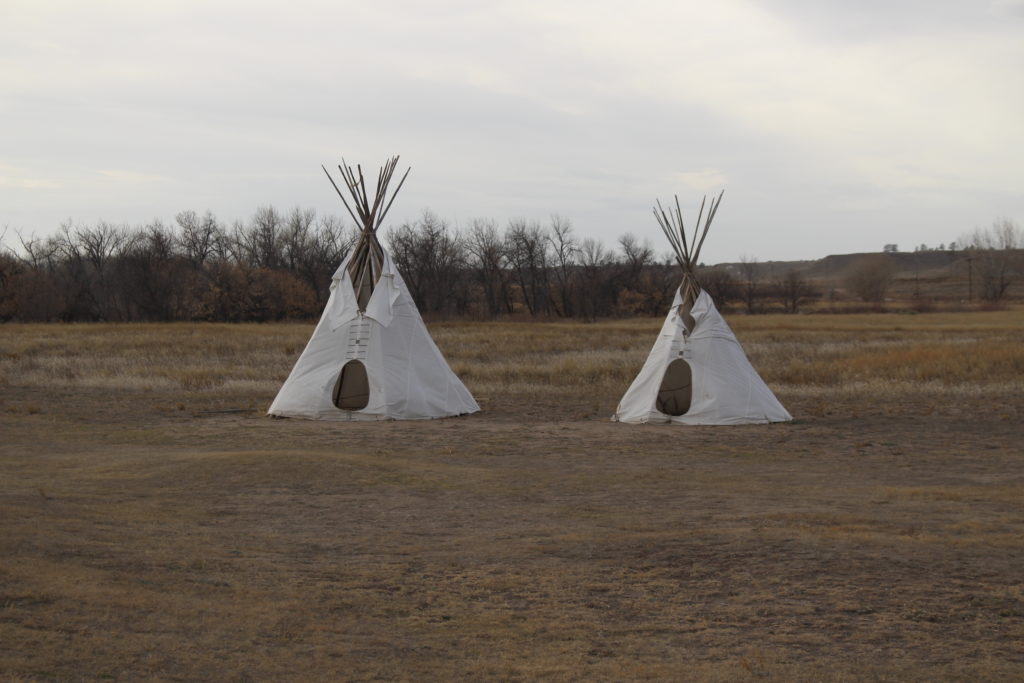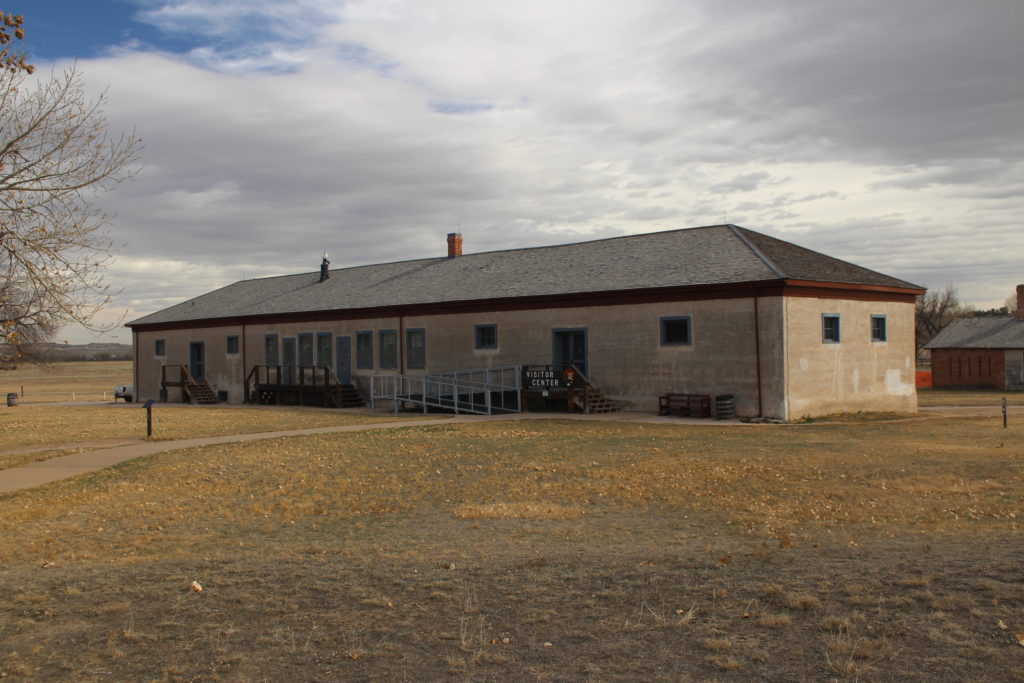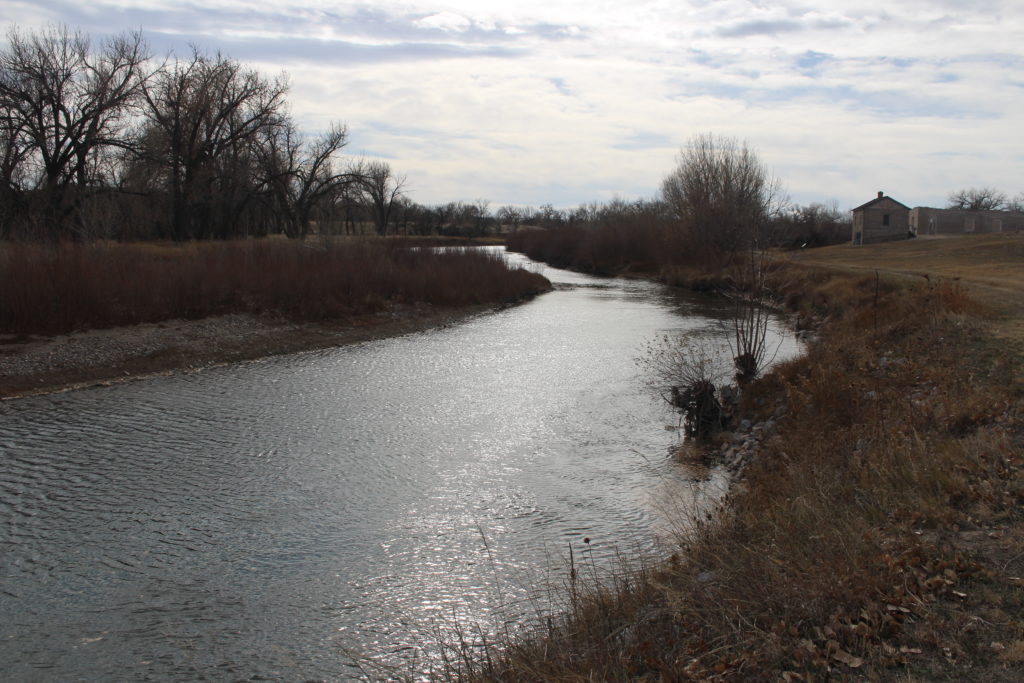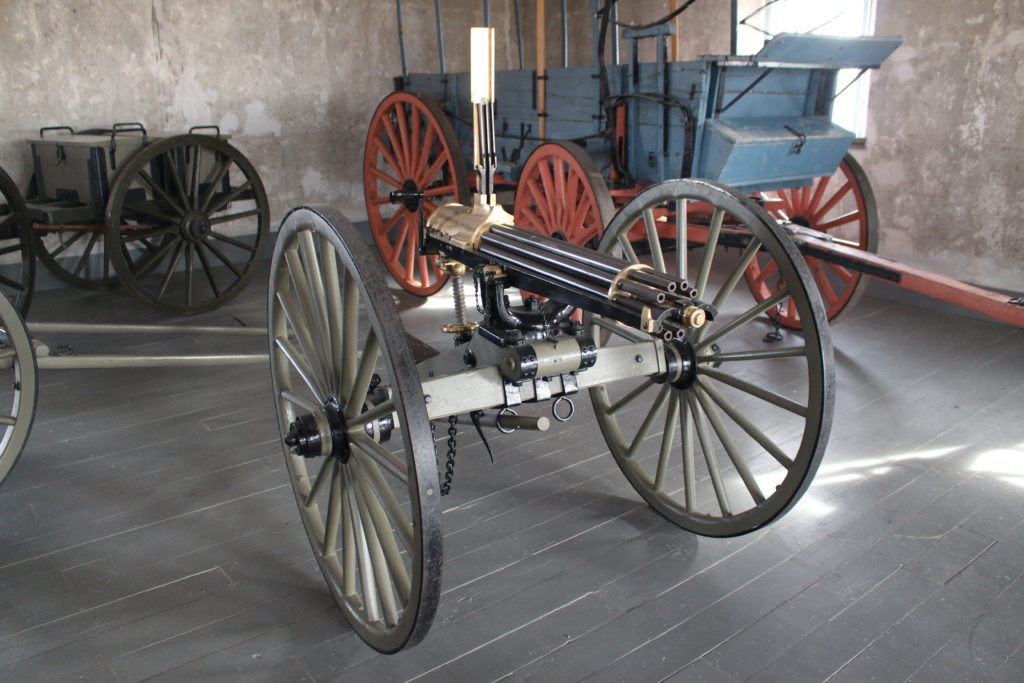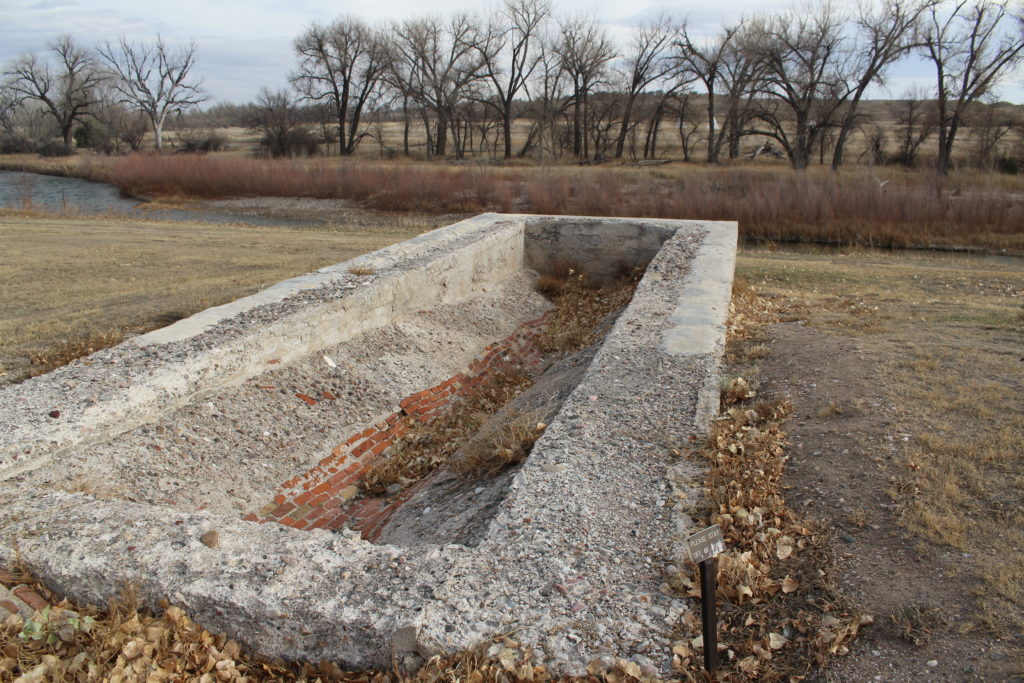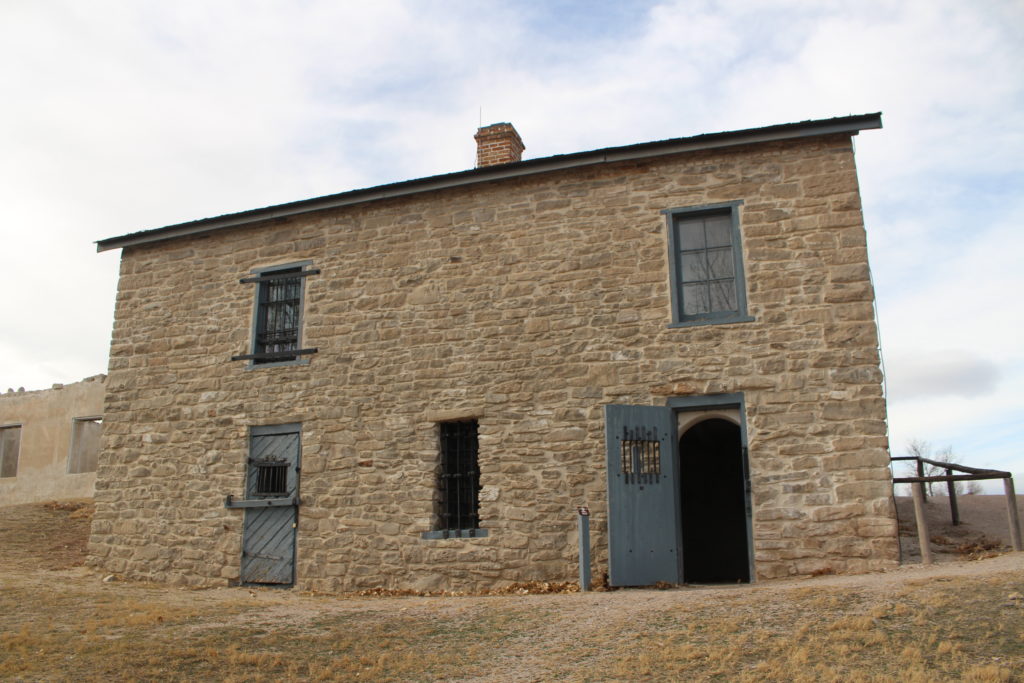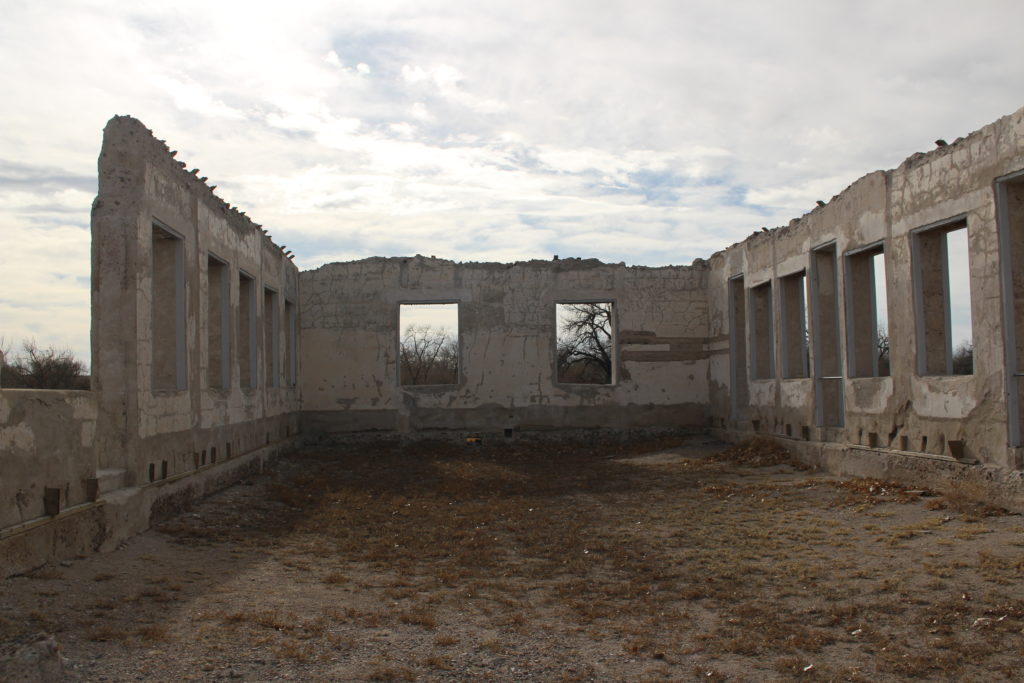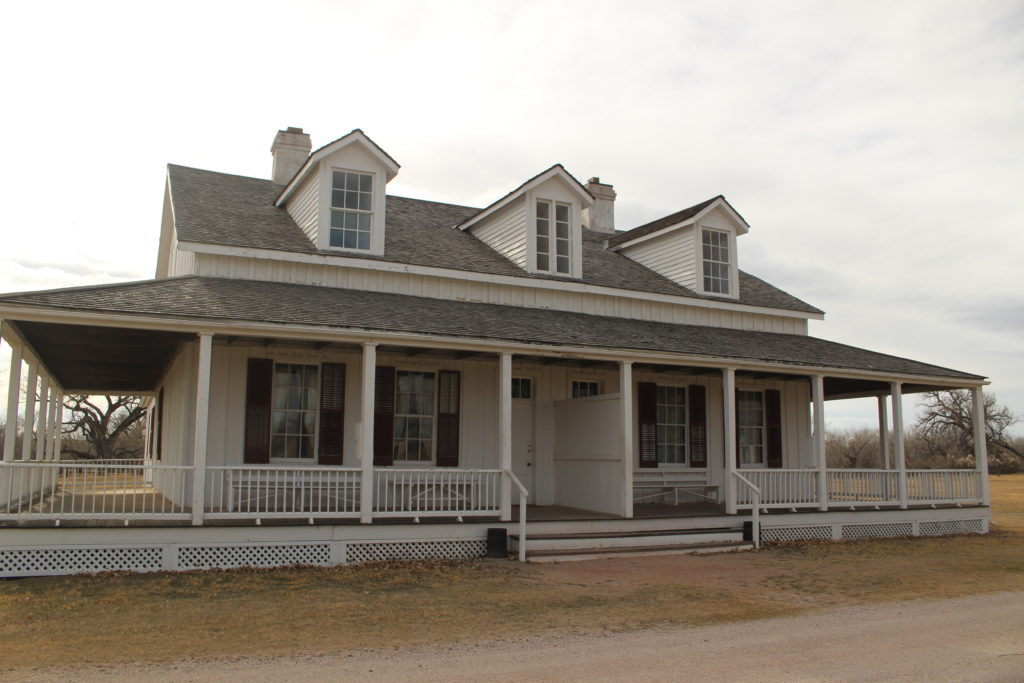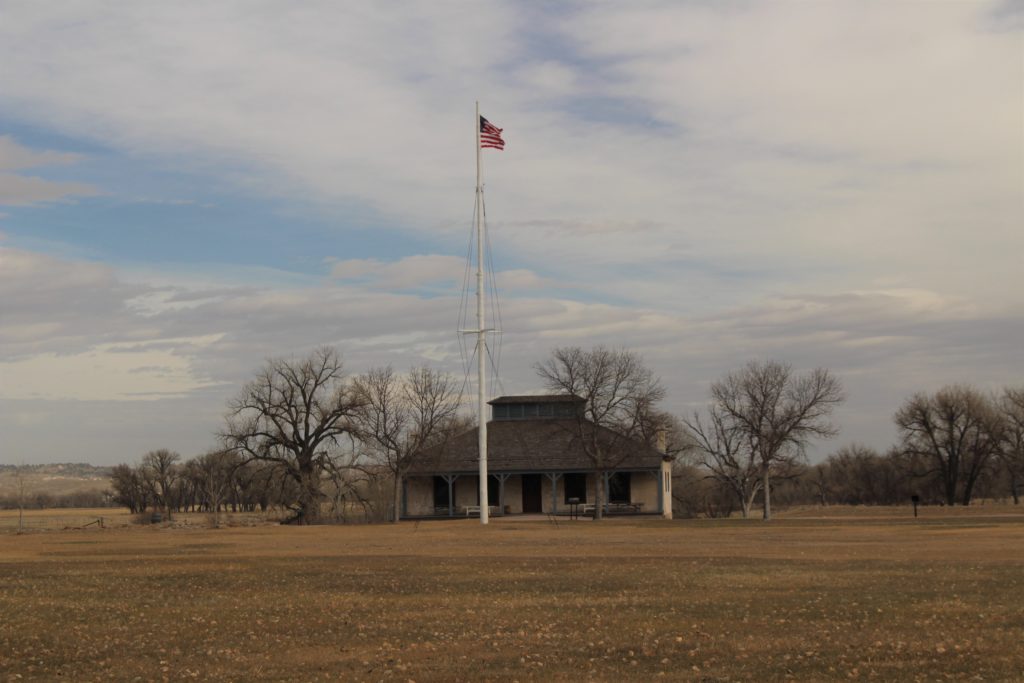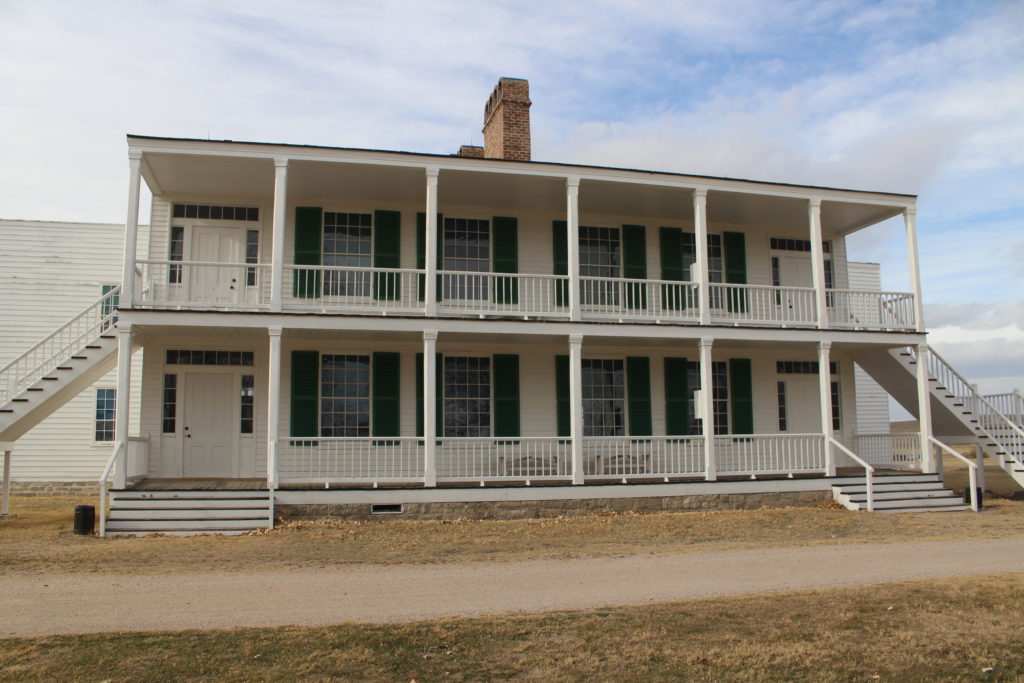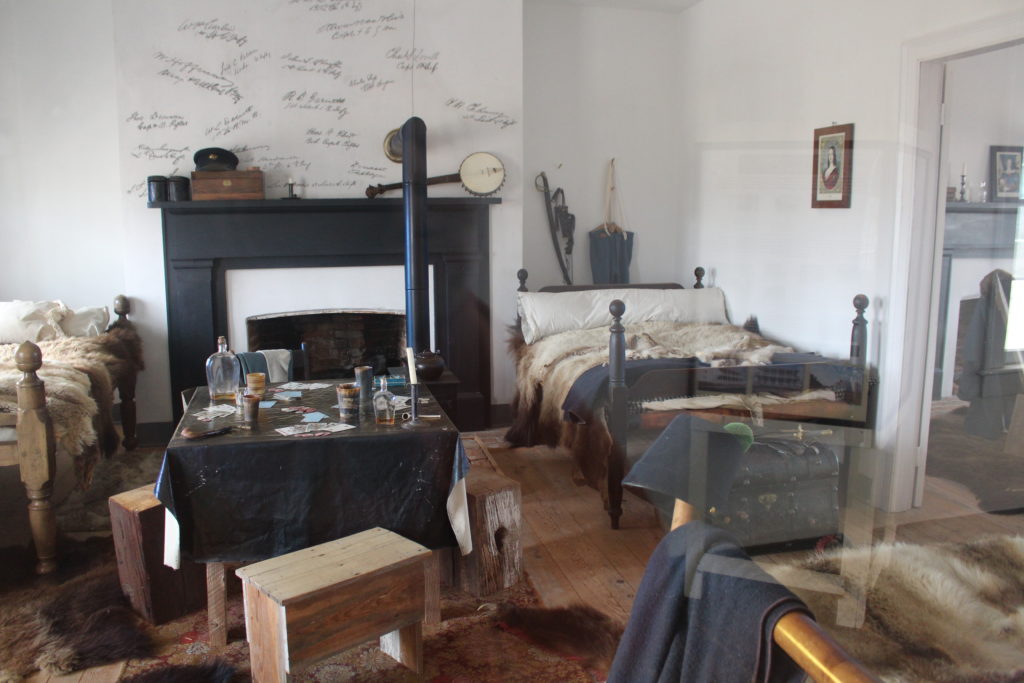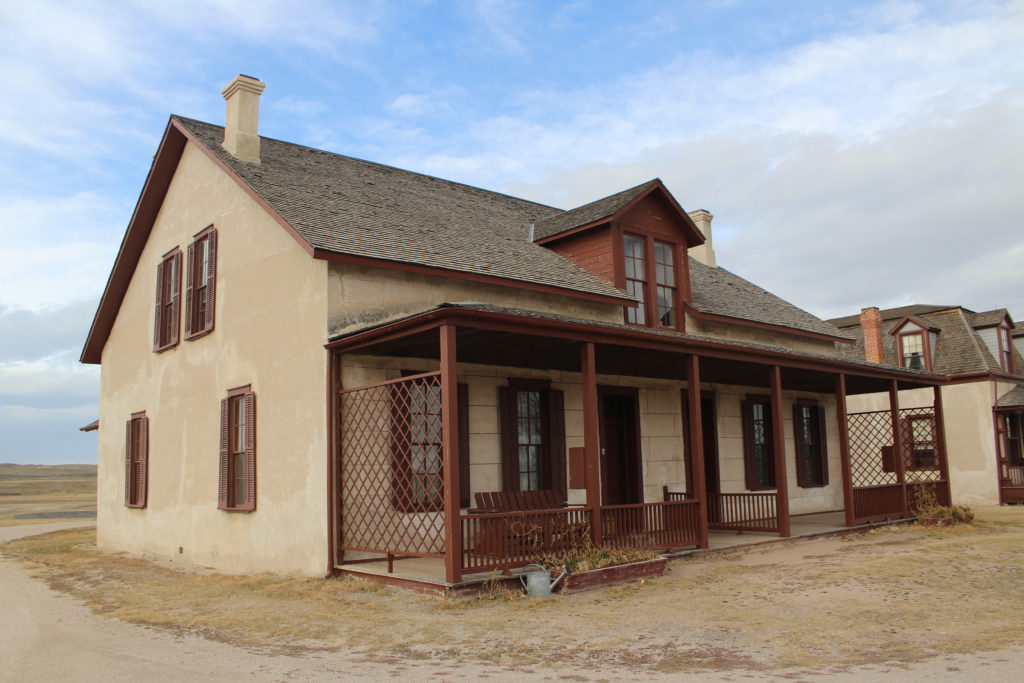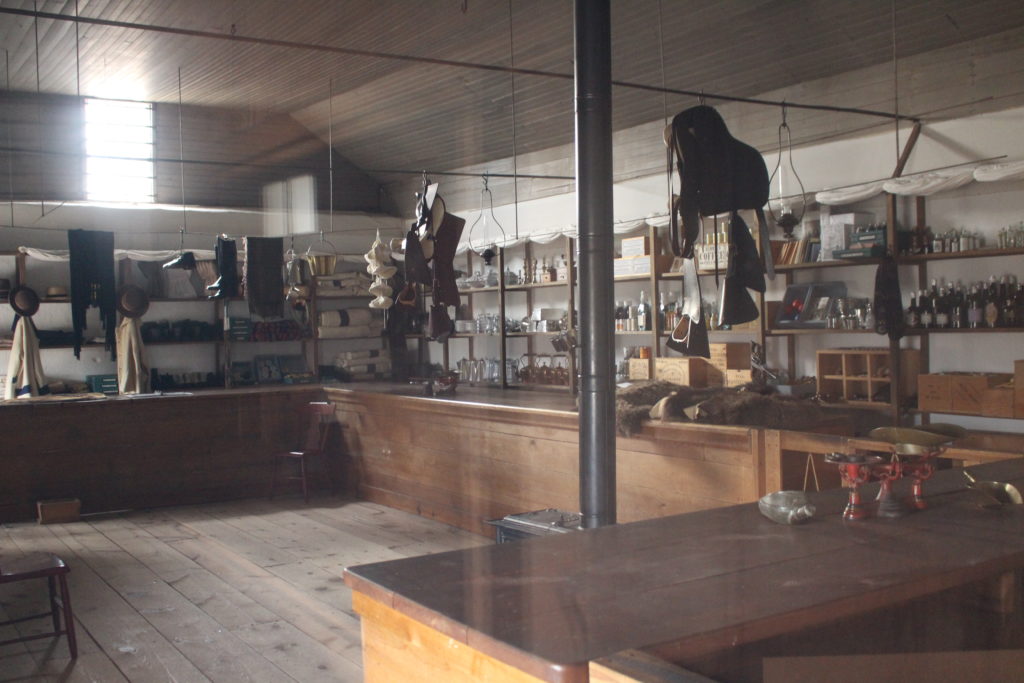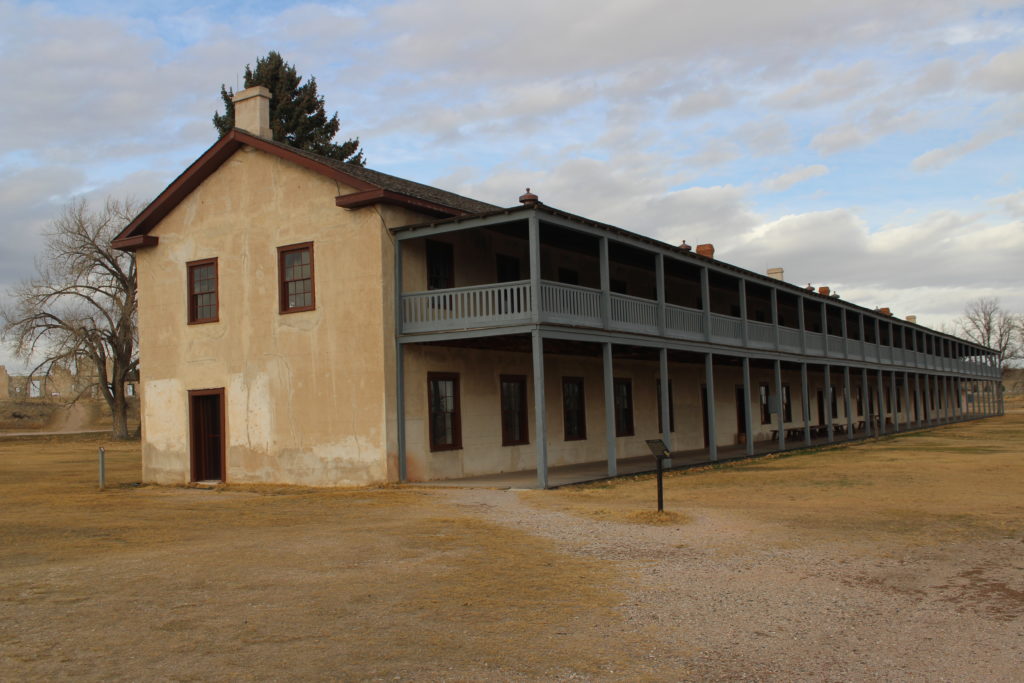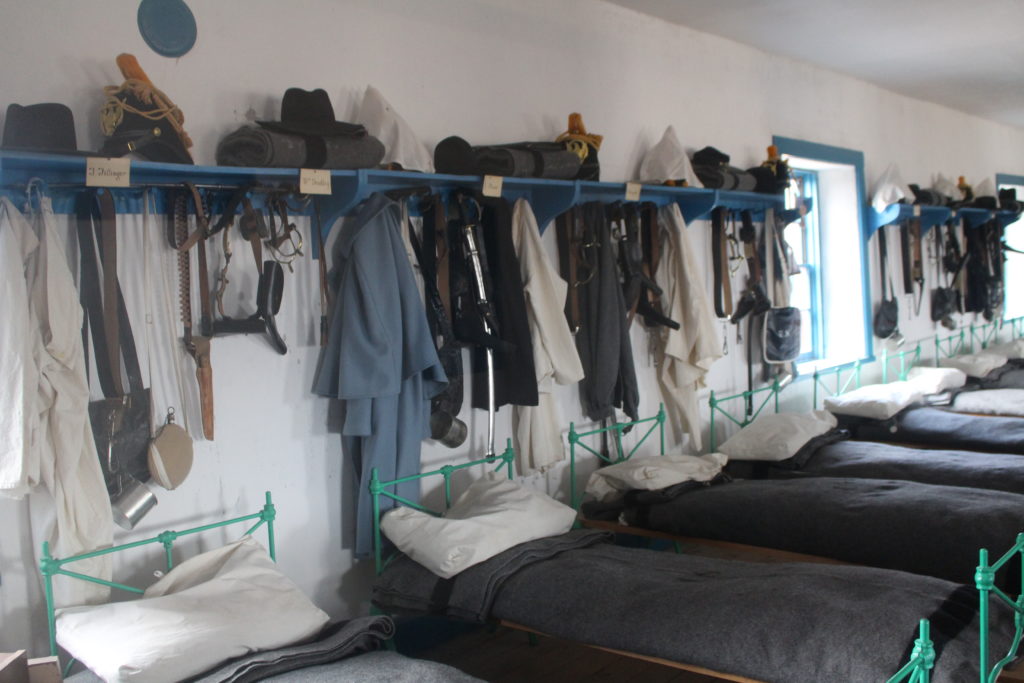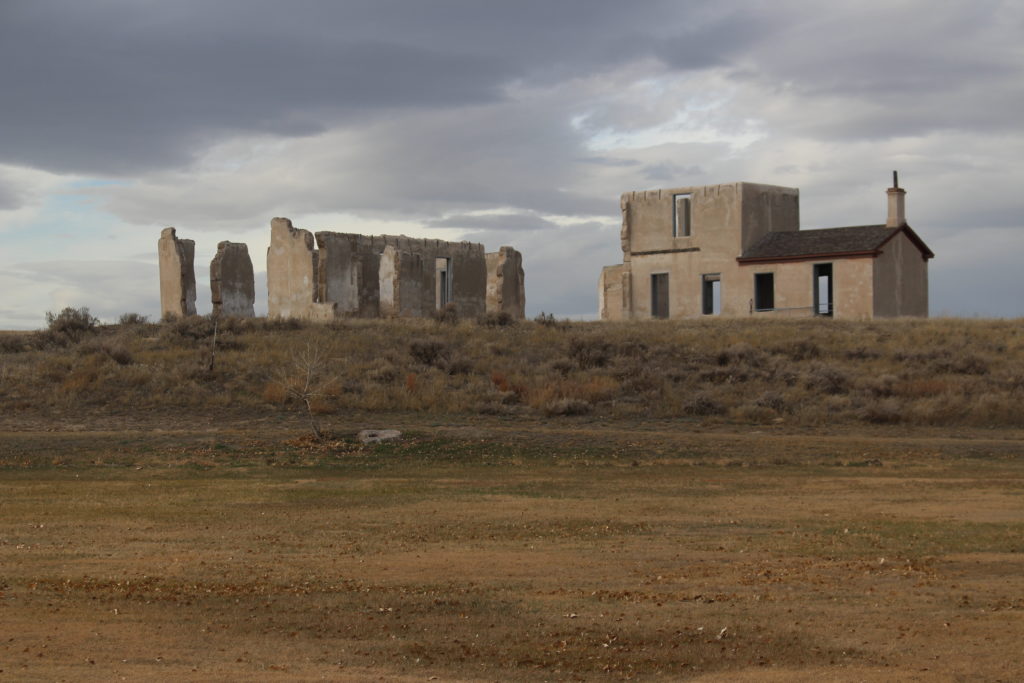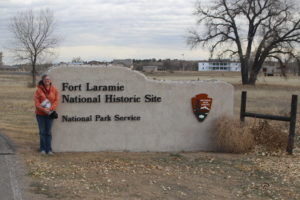 After leaving Idaho, Tom and I drove through the northeast corner of Utah and all the way across Wyoming. We parked the RV just across the Wyoming line in Nebraska and then spent several days exploring the National Park Sites in the area. We started with Fort Laramie National Historic Site in Wyoming.
After leaving Idaho, Tom and I drove through the northeast corner of Utah and all the way across Wyoming. We parked the RV just across the Wyoming line in Nebraska and then spent several days exploring the National Park Sites in the area. We started with Fort Laramie National Historic Site in Wyoming.
Fort Laramie began as a trading post for the fur trade, specifically buffalo hides. The fort was established in 1834 at the confluence of the Laramie and North Platte Rivers. Originally named Fort William, the fort soon faced competition from other trading posts. This caused the traders to build a more imposing edifice and rename the fort as Fort John. Here Indian tribes, especially the Lakota, traded buffalo hides for manufactured goods.
In 1841 the first wagon trains of emigrants passed through the area. The fur trade declined as business with the emigrants picked up, so the fort continued to prosper. In 1849 the U.S. Army bought the fort to establish a military presence as the emigrants passed through. The army renamed the fort as Fort Laramie. Fort Laramie became the primary hub for transportation and communication through the central Rocky Mountain region. The Mormon, California, and Oregon Trails, stage lines, the Pony Express, and the transcontinental telegraph all passed through the post.
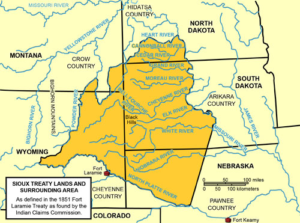
Fort Laramie became the primary military presence in the area. The first treaty negotiated with the Native Americans in the area was the Horse Creek Treaty of 1851. In exchange for safe passage of the settlers on the Oregon Trail and an annuity of $50,000 per year, the United States government set aside a huge tract of land as Indian territory. The military in the area were advised to enforce the terms of the treaty.
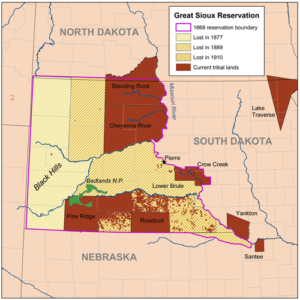
When miners discovered gold in the Black Hills of South Dakota, people started pouring in. The military at Fort Laramie was directed to move the white people out of the area in accordance with the 1851 treaty. But, as more white people settled in the area, the military began harassing the Native Americans on any pretext. One example: a couple of starving Sioux stole a cow from a settler and the army wiped out the Native village. This led to years of war between the emigrants, the army, and the Native Americans. The Native Americans fiercely defended their homeland against encroachment by the whites moving west. Finally, in 1868 a new treaty was signed which greatly reduced tribal lands. Even this treaty was not kept and the tribal lands continued to shrink.
As the Indian Wars came to a close Fort Laramie’s importance diminished. The post was abandoned and sold at public auction in 1890. Over the next 48 years, it nearly succumbed to the ravages of time. Preservation of the site was secured, however, in 1938 when Fort Laramie became part of the National Park System.
Today at Fort Laramie eleven structures are restored and refurnished to their historic appearance. The Visitors Center is housed in the Commissary Storehouse built in 1884. A bakery, guardhouse, Captain’s Quarters, Officers’ Quarters and several individual houses still stand. The Cavalry Barracks has a restored mess hall, kitchen, and squad bays. We could imagine the squad returning from patrol and the soldiers marching up the stairs to their bunks.
There are foundations of other buildings visible such as the Infantry Barracks, the latrine, and an administration building. No one knows where the original Fort William was located exactly, so there are waysides interpreting one possible location.
The entire time Tom and I visited Fort Laramie the wind blew between 30 and 50 mph. Fort Laramie has used RV volunteers in the past, but they said they had difficulty keeping volunteers because of the winds. One ranger said “people might get used to freezing in winter and burning in summer, but they never get used to the wind.” Although the fort has an interesting history, Tom and I agreed that we would not like the constant wind either.
Fort Laramie interprets an important part of the history of our country. The Visitors Center contains a small but very good museum. We watched a short film on the history and spent most of our time looking at the extensive number of books. The Bookstore was one of the best we have seen in a national park. If you find yourself around Cheyenne, Wyoming, you should take the hour to drive up to Fort Laramie. You will gain a new appreciation for the life of a soldier, a settler on the northern plains, and the Native Americans who call it home.

